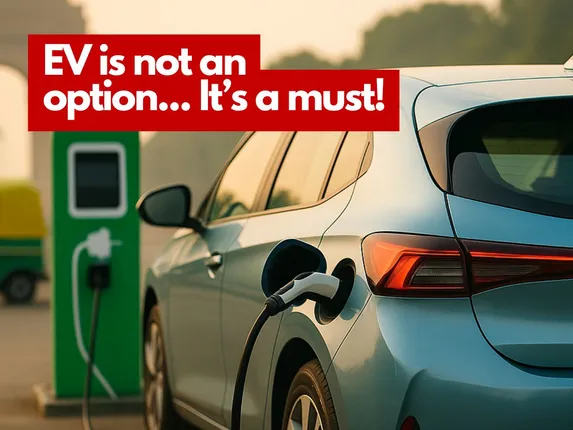Introduction
India is witnessing a major revolution in its transportation sector with the rapid adoption of electric vehicles (EVs). Rising fuel prices, environmental concerns, and supportive government policies have made EVs an attractive alternative. In this blog, we will explore how electric vehicles are reshaping India’s urban mobility, the challenges ahead, and what the future holds for this fast-growing market.
Why India is Embracing Electric Vehicles
- Growing air pollution and climate change concerns are pushing cities to find cleaner solutions.
- Rising costs of petrol and diesel make EVs a more economical choice in the long run.
- Government incentives and subsidies under schemes like FAME II encourage both manufacturers and buyers.
The Rise of E-Scooters and E-Bikes
- E-scooters have become popular among city commuters for their affordability and ease of use.
- Brands like Ola Electric, Ather, and Bajaj Chetak are leading this segment.
- E-bikes cater to young urban users looking for a sustainable and stylish ride.
EV Cars: Changing the Urban Landscape
- Electric cars like Tata Nexon EV, MG ZS EV, and Hyundai Kona are gaining popularity among families and working professionals.
- Improved battery ranges and expanding charging infrastructure make them more practical.
- Zero tailpipe emissions help reduce urban smog and improve overall air quality.
Charging Infrastructure: The Key to EV Growth
- Availability of public and private charging stations is crucial for EV adoption.
- Many shopping malls, office complexes, and residential societies are now setting up charging points.
- Fast-charging technology is further reducing range anxiety among potential buyers.
Impact on the Environment
- EVs significantly reduce carbon footprint compared to traditional fuel vehicles.
- Lower noise pollution contributes to more peaceful and healthier cities.
- Transitioning to renewable energy sources to power EVs will further enhance their environmental benefits.
Challenges in the EV Ecosystem
- High initial costs still deter many potential buyers despite long-term savings.
- Limited range and sparse charging stations in rural and semi-urban areas pose hurdles.
- Battery disposal and recycling remain important environmental concerns.
Government Initiatives Supporting EVs
- Tax benefits and subsidies on EV purchases to make them more accessible.
- Investment in charging infrastructure under various national and state-level programs.
- Plans to increase domestic manufacturing of batteries and EV components.
The Future of Urban Mobility
- Shared electric mobility services such as e-rickshaws and e-taxis will grow rapidly.
- Integration with smart city initiatives, including app-based vehicle tracking and smart charging.
- Continued innovation will lead to better battery technologies, longer ranges, and more affordable models.
Conclusion
The electric vehicle boom is reshaping the way Indians travel and think about transportation. With strong government support, increasing consumer awareness, and rapid technological advancements, India is on its way to building a cleaner, more sustainable urban mobility ecosystem. The shift to EVs is not just a trend; it’s a major step towards a greener future.
